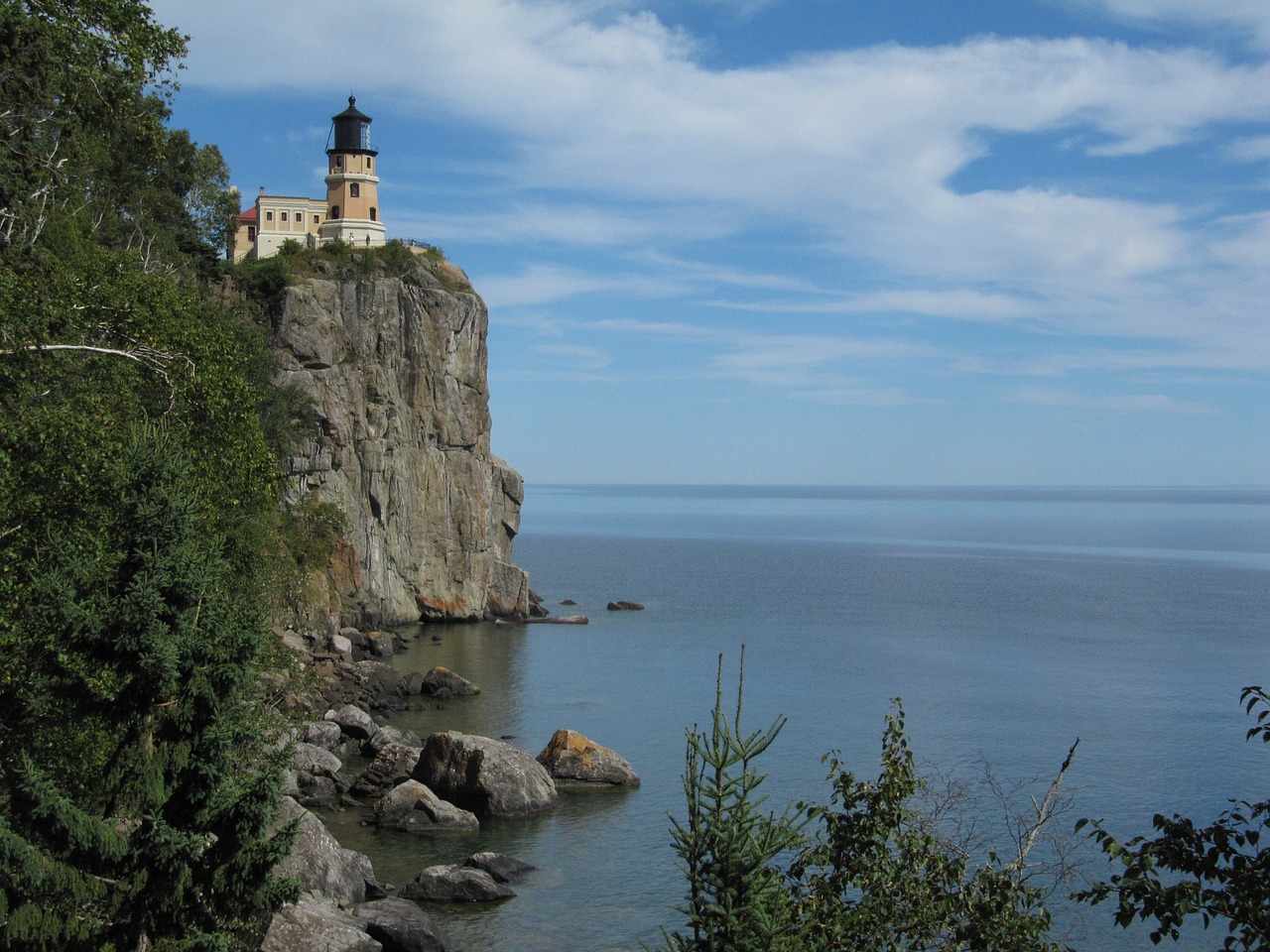
Matt Doll, Minnesota Environmental Partnership
Earlier this month, the U.S. Environmental Protection Agency (EPA) released new rules governing how ocean-going and newly built lake-going ships manage their ballast water – the water they use to maintain stability on long voyages – in the Great Lakes. Under the new standards, these ships will be required to implement treatment systems and practices to prevent them from discharging aquatic invasive species into the Great Lakes.
Unfortunately, the rule contains a massive loophole that will severely undercut its impact. Currently-used ships, known as lakers – that stay within the Great Lakes, are exempt from the requirements.
If we had no invasive species in the Great Lakes already, that might not be a problem. But that’s not the case, and this loophole could lead to major ecological and economic consequences for Lake Superior and the Minnesotans who call it home.
How we got here
Minnesota lies at the end (or, arguably, the beginning) of the St. Lawrence seaway, a vital freshwater shipping lane stretching through the Great Lakes basin. The basin is home to over 34 million people in the U.S. and Canada, as well as a multitude of native species.
The Great Lakes are also now home to various aquatic invasive species brought via the seaway from waters as far away as East Asia or the Black Sea. These aquatic stowaways are picked up in the ballast water by oceangoing vessels (also known as “salties”), then discharged in Great Lakes ports when the ships take on cargo.
Preventing further discharges by salties is a good thing, but it’s akin to closing the barn door after some of the horses have already left. Invasive species have already made their home in Great Lakes waters from Toronto to Duluth, though they’ve been far more successful in warmer waters further down the seaway than they have in Lake Superior.
Lake Superior’s relatively light level of invasives isn’t something we can take for granted. As climate change warms the water, the greatest lake will become more vulnerable.
In addition, a whopping 85% of ballast water discharged in the Great Lakes is dumped in the Twin Ports, where lakers replace the water in their holds with iron oar. That volume of untreated water, complete with invasives, will eventually take its toll.
Policy responses
Government agencies at the state and federal level, as well as across the lake in Canada, have been concerned about this problem for decades. While some states have attempted their own solutions, dealing with the problem with a patchwork of different rules doesn’t work for long – aquatic species don’t recognize state or national boundaries.
In 2018, Congress passed the Vessel Incidental Discharge Act (VIDA), MEP-supported legislation meant to create unified federal authority to regulate ballast water and other environmental impacts of the shipping industry. That law gave the EPA the authority it needed to set the new rules.
We hoped it would follow the science and include all shipping vessels that use ballast water. The Minnesota Pollution Control Agency agreed, and asked the EPA to make sure Minnesota’s Great Lake would be protected.
The EPA’s exemption means that existing lakers – more than 100 of them – will continue scooping up water and invasives in Lake Erie and dumping them in Lake Superior without the necessary treatment technology to prevent infestations. New lakers will have to adopt this technology, of course, but it’s extremely rare for these ships to be constructed, meaning the rule will have little practical impact for decades.
Meanwhile, existing Canadian lakers are required to treat their ballast water – proof that the requirement isn’t as heavy a lift as the shipping industry claims.
Any of us who’ve spent time on Minnesota lakes know that cleaning, draining, and drying your boat is both legally required and necessary to keep our aquatic wildlife healthy. The EPA should hold the shipping industry to the same standard to protect Lake Superior.